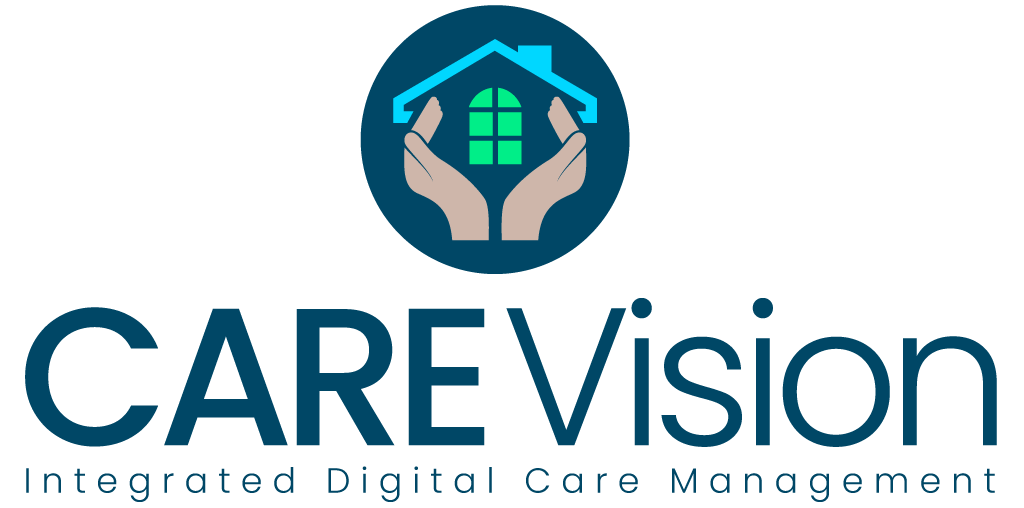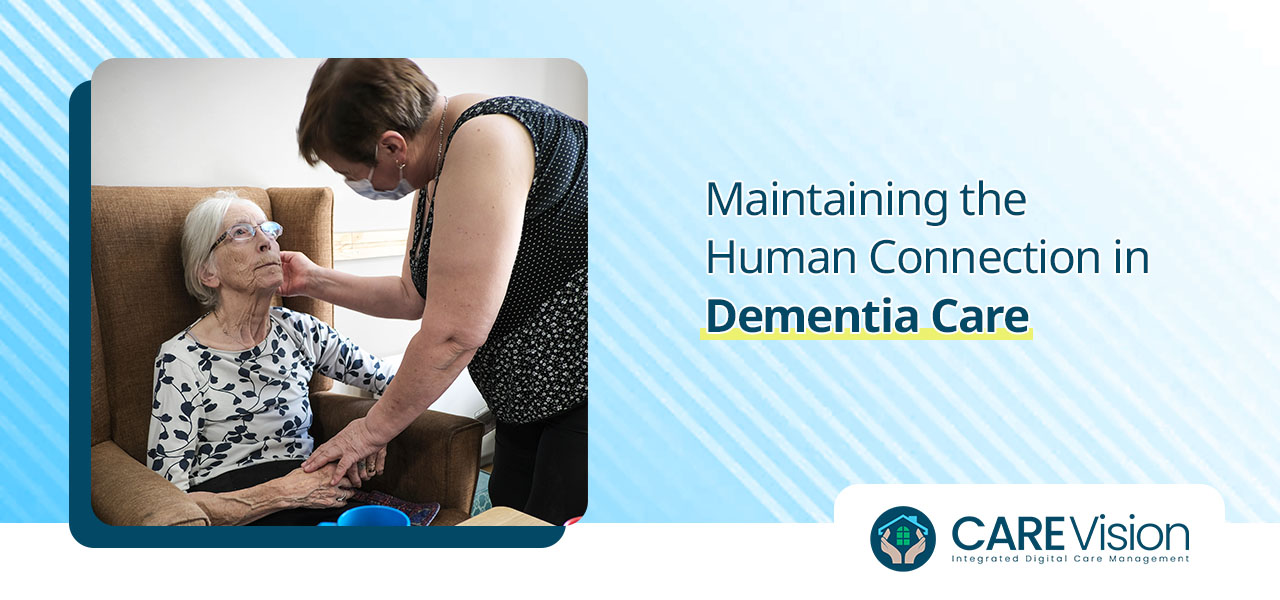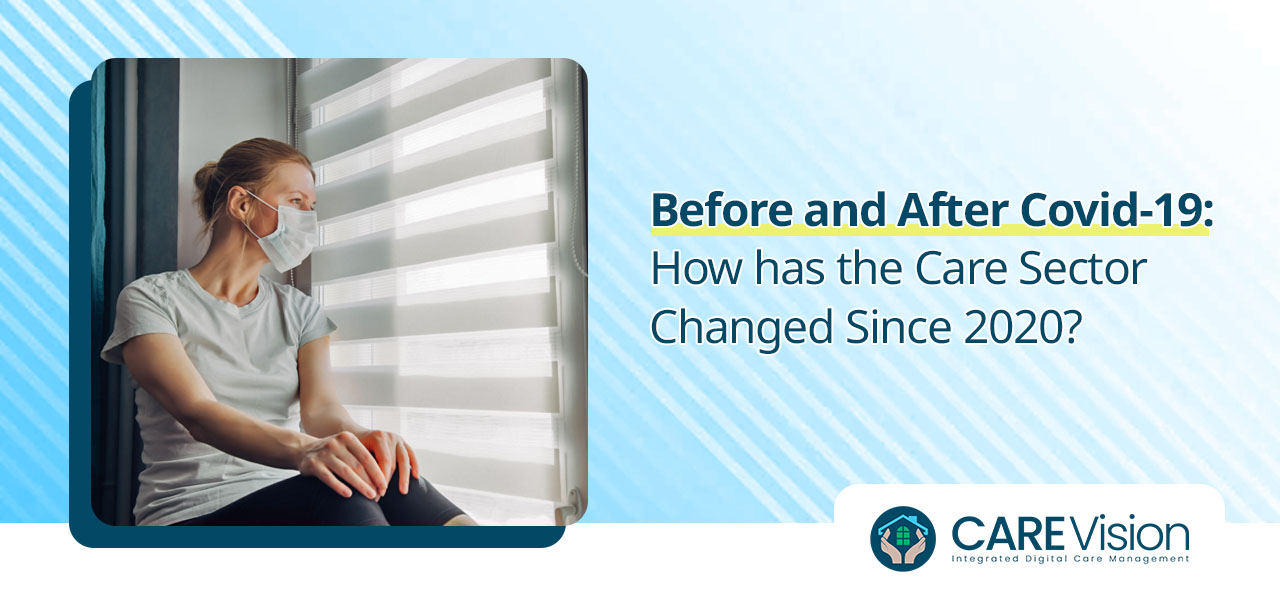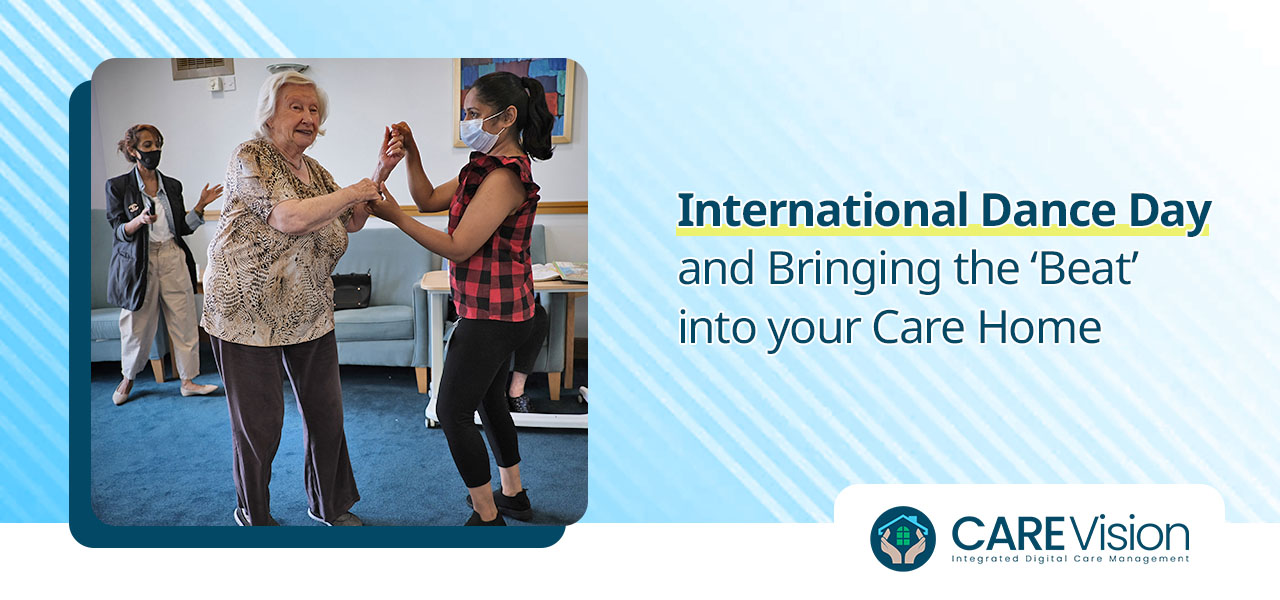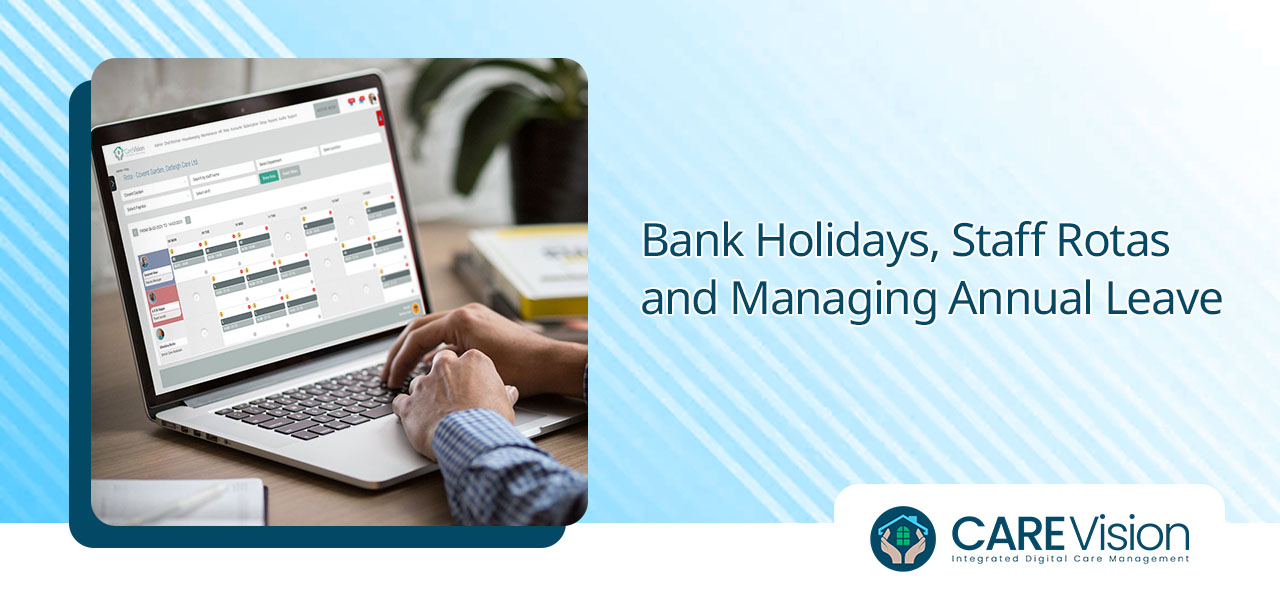Pain management is one of the most important aspects of running a care home to get right. Pain affects people’s quality of life like nothing else and can cause huge problems if it is left unchecked and allowed to get out of control. As with many aspects of running a modern care home, there are a number of digital tools available now to help carers manage their patients’ or residents’ pain more effectively. One of these tools is PainChek, which integrates seamlessly with the Care Vision care management software for fully comprehensive, real-time pain management.
Your partner in pain management
The PainChek pain managements works with AI technology to help residents and patients report and verbalise their pain more easily. A smart phone camera uses AI driven facial recognition techniques to identify the presence of pain in a patient, such as muscle movements, vocalisations and facial expressions. It uses these details to calculate a pain score and assess the seriousness of the situation.
The system also allows carers, or the person themselves, to manually input their pain symptoms and give a self-assessed pain score to share how much discomfort they are experiencing and where they are feeling the pain on their body. It can also make suggestions to help the carer diagnose the source of the pain and take action to ease it. This helps the carer provide better informed, more confident care at the exact point when the resident or patient needs it most – when they are experiencing pain.
After a while, the data that builds up around a person’s pain management gives a detailed picture of their ongoing state of health and the effects that any medical conditions they live with have on their wellbeing. This helps improve the quality of pain management provided and can even help predict when someone might experience increases in pain or discomfort.
Benefits to using PainChek
As well as the sophisticated AI technology, PainChek provides carers with a single platform to record pain symptoms, describe the strength using numerical scores and receive guidance regarding how to manage it. The data collected helps build up a wider picture of the person’s health and ensures continuous, accurate data for auditing, reporting and training purposes. An associated app allows the system to be used on the go, anywhere and at any time for immediate pain management and relief.
The system can also be linked to other aspects of care management, such as eMAR medication dispensing systems and nurse call integration functions. Together, these digital healthcare tools help keep people requiring higher levels of care safer and more comfortable.
Pain management solutions such as PainChek can also help carers learn more about patients and residents with cognitive impairments. The facial recognition technology allows users to identify signs of pain in non-verbal or cognitively impaired people, just by scanning their face. The tool can be used alongside other diagnostic methods, such as speaking to the person and their family, consulting medical records and carrying out medical tests on site or in a hospital or specialist medical facility.
Other pain management tips
As well as investing in a digital pain management tool such as PainChek, there are plenty of other ways for care providers to help their residents and patients deal with pain. Watching people’s diets to ensure that they are getting a well balanced mix of the necessary nutrients and are not being exposed to foods or drinks that they could have allergies to.
Encourage people to keep as active as possible to help their bodies handle pain and stop them from ‘seizing up’. Even simple stretching exercises can make a big difference. Work to keep people’s stress levels as low as possible, as stress and tension can cause muscles to tense up and cause additional pain. Breathing exercises, relaxation techniques, yoga classes and access to counselling services can all help with this. Additionally, helping people stop bad habits that could lead to worsening health is an important part of pain management. Smoking can lead to breathing difficulties, while over consumption of rich food or alcohol can lead to stomach and liver problems, as well as disturbed sleep. Encouraging residents to talk about their worries and to take proactive steps to look after their physical and mental wellbeing is a key part of ensuring that they stay as fit as possible and better equipped to manage pain.
